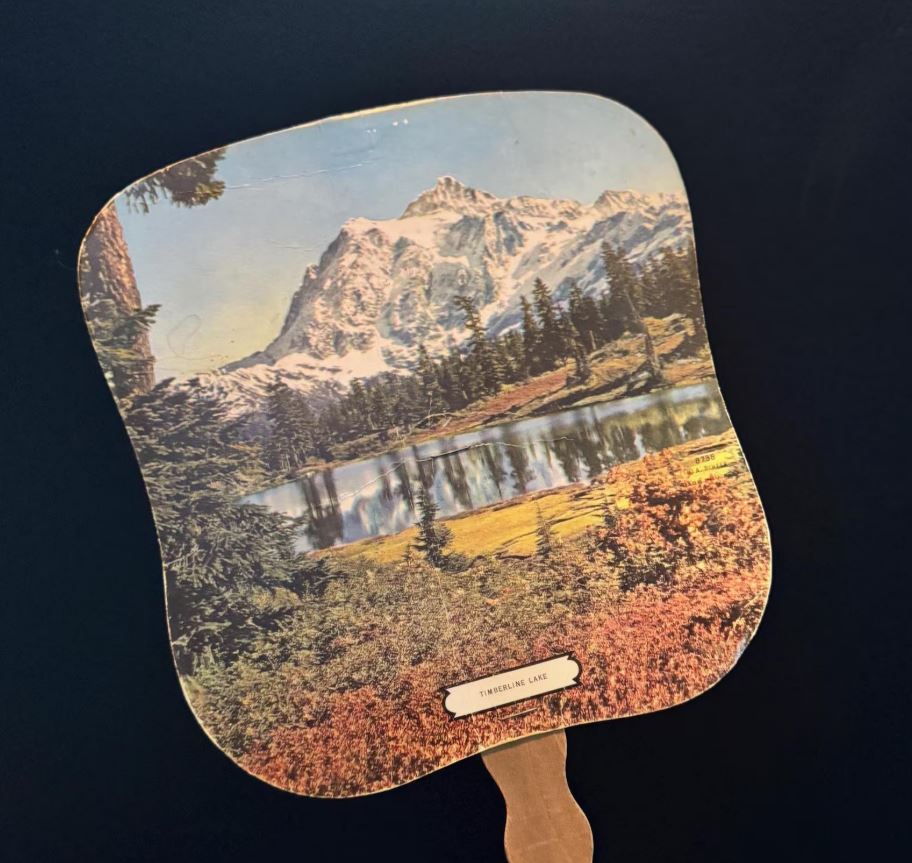What’s The Hidden Purpose Behind This Strange Wooden Notch?

source: Reddit
Long before the ceilings fans lazily spun overhead or thermostats clicked into life, there was a simpler—economical, in fact—way that churches kept people cool during summer services. If you’ve ever been curious to notice a notch or slot bored out of the back of an older wooden pew, like in an older cathedral or chapel, you weren’t hallucinating. Those cut-outs had a specific purpose: they were for vintage church fans.
The Good Old Days Before A/C
A long time ago, far before central air top became commonplace comfort, it was no easy task to remain cool during a hot and steamy sermon. Churches overwhelmed with worshippers in every pew, in their Sunday best, could become stifling hot, especially during summer revivals or midday services.
Although windows could be (and often were) opened, and paper programs could be employed in a pinch, one preferred option emerged. It was both practical and iconic: the hand fan.
Not just any hand fan. Vintage hand fans meant a very similar, seemingly planner cardboard rectangle fastened to a wooden stick. They had a colorful printed graphic on them that may or may not have bore religious imagery, scenic landscapes, or advertisements for local funeral homes and businesses. They were inexpensive, light, effective, and even in no poorly late 1800’s to early 1900’s church. These churches were distributing hand fans across every pew every Sunday morning.

Why the Notch in the Pew?
If you look again closely at older pews, you may notice a U- or rectangular notch bored out in the upper backrest; nibbled away, in fact. It might be mistaken for damage because of wear-and-tear. However, these slots were purposefully cut to act as receptacles for the hand-held fans.
Fans were organized into these slots before services began. This ensured every parishioner had one within easy reach. No need to bring your own or hunt for one, as it became part of the church experience. As the preacher began to preach long and the sun spilled through the stained glass, a tide of fans would pop up in unison. This provided a gentle, steady breeze in the sanctuary.
A Cultural Artifact of Simplicity
Today, vintage church fans are highly collectible items. They provide snapshots of a time when frugality mingled with tradition. Some fans included portraits of Jesus or verses of scripture. Others promoted local businesses, while providing them with advertisement. Funeral homes offered many fans since they were seen so frequently in Southern churches and rural congregational communities. These fans were everywhere.
They served a purpose other than cooling. Children would play with them. Elders would clutch them tightly as a sermon intensified. And after the service, whenever possible, they would be put back into their slot neatly.

A Forgotten Utility, Rediscovered
With the introduction of modern air conditioning, these simple fans have become primarily obsolete. The cutouts that once provided utility have faded from memory. Now, many people look at these pew slots and wonder what they were for. But anyone who sat fanning themselves through a sticky hot July sermon will easily recognize these little symbols of church life of yesteryear.
Even with new technology changing how we meet, gather, worship, and stay comfortable, little pieces like this remind us of a time when people made do with less. People were at least trying to be graceful about it, while fanning themselves with a sheet of cardboard that had started out as a business card.
The Charm Lives On
You don’t see them often, but every now and then you might see one behind glass on a wall somewhere, or in a vintage store for sale. You may still see an old pew in a historical church with a notch cut out of the front. Now you will know what it was used for. You may just be a little cooler with the memory.
Because sometimes a cardboard fan and a notched cut out evokes the best memories of the good old days.